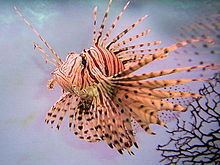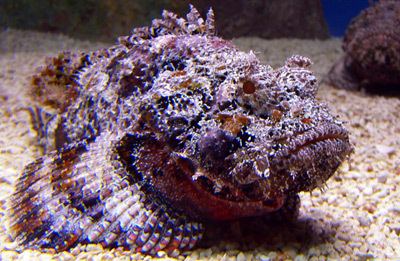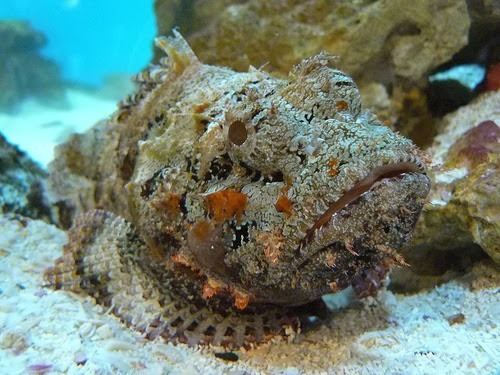 | ||
Representative species Toadfish, Thalassophryne, Red lionfish, Synanceia verrucosa, Spotfin lionfish | ||
Milking the world s most venomous fish smarter every day 117
Venomous fish produce a strong toxin harmful to humans (called venom) which they deliver by means of a bite, sting, or stab. This results in an envenomation. As a contrast, poisonous fish also produce a strong toxin, but they do not bite, sting, or stab to deliver the toxin. Instead they are poisonous to eat because the human digestive system does not destroy the toxin they contain in their body. Venomous fish don't necessarily cause poisoning if they are eaten, since the digestive system often destroys the venom.
Contents
- Milking the world s most venomous fish smarter every day 117
- Venomous fish hd jonathan bird s blue world
- Examples
- References

A 2006 study found that there are at least 1200 species of venomous fish. There are more venomous fish than venomous snakes. In fact, there are more venomous fish than the combined total of all other venomous vertebrates. Venomous fish are found in almost all habitats around the world, but mostly in tropical waters. They wound over 50,000 people every year.
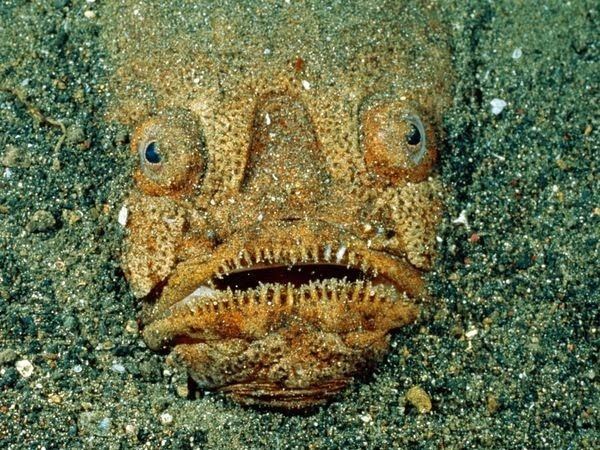
They carry their venom in venom glands and use various delivery systems, such as spines or sharp fins, barbs, spikes and fangs. Venomous fish tend to be either very visible, using flamboyant colors to warn enemies, or skilfully camouflaged and maybe buried in the sand. Apart from the defense or hunting value, venom helps bottom dwelling fish by killing the bacteria that try to invade their skin. Few of these venoms have been studied. They are yet to be tapped resource for bioprospecting to find drugs with medical uses.
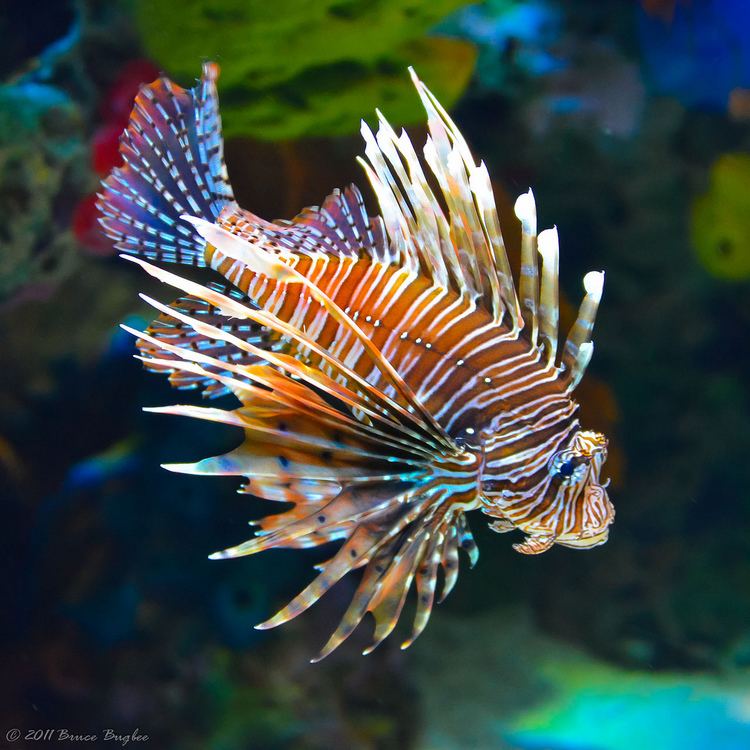
Treatment for venom stings usually includes the application of heat, using water at temperatures of about 45 °C (113 °F), since heat breaks down most complex venom proteins.
Venomous fish hd jonathan bird s blue world
Examples
